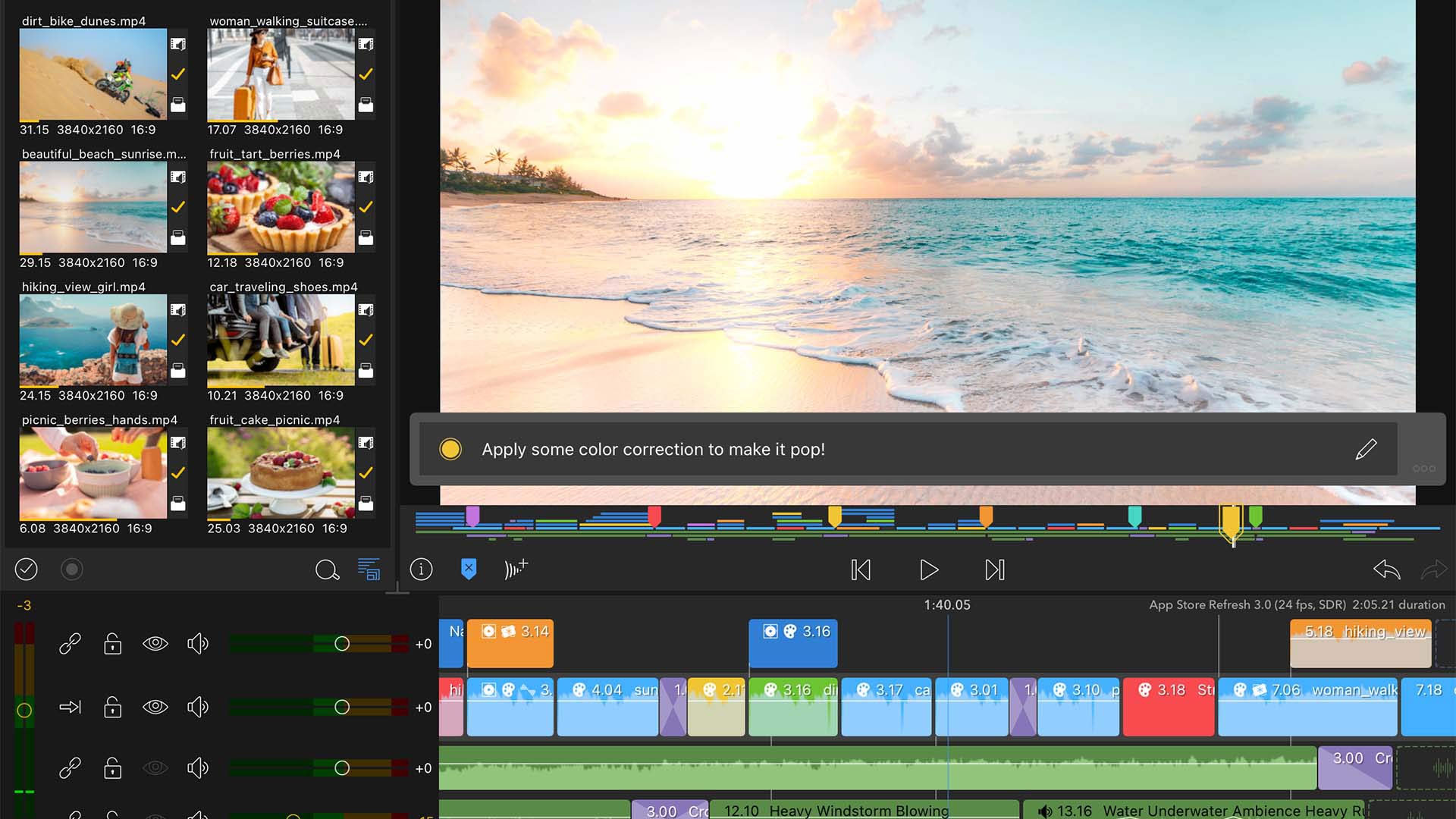

That's what really splits video editing apps into different camps. But really the decision is at least as much about how you're getting the original footage, how you'll store it, and how you're going to show it at the end. It's reasonable to assume that you should choose your video editor based on what video you're making. They range in price from free to a very inexpensive one-off-fee, or a costly monthly subscription.

Yet even without Final Cut Pro, the addition of DaVinci Resolve means that there are now four major video editing apps available on the iPad. That's another industry-standard desktop video editor, and with it coming to iPad, the only heavyweight iPadOS holdout is Apple's Final Cut Pro. It was followed in 2018 by Premiere Rush, a cut-down version of Adobe's industry-standard desktop video editor.Īnd now in 2022, we get DaVinci Resolve. Or it was until 2016, when LumaFusion came out for the iPad. As capable as iMovie is, however, you're not going to be editing video for broadcast or streaming on it, and that meant the iPad was impractical for editors. Right from the start of the iPad in 2010, you could edit video using Apple's iMovie - and perhaps you did because there was no other choice.


 0 kommentar(er)
0 kommentar(er)
